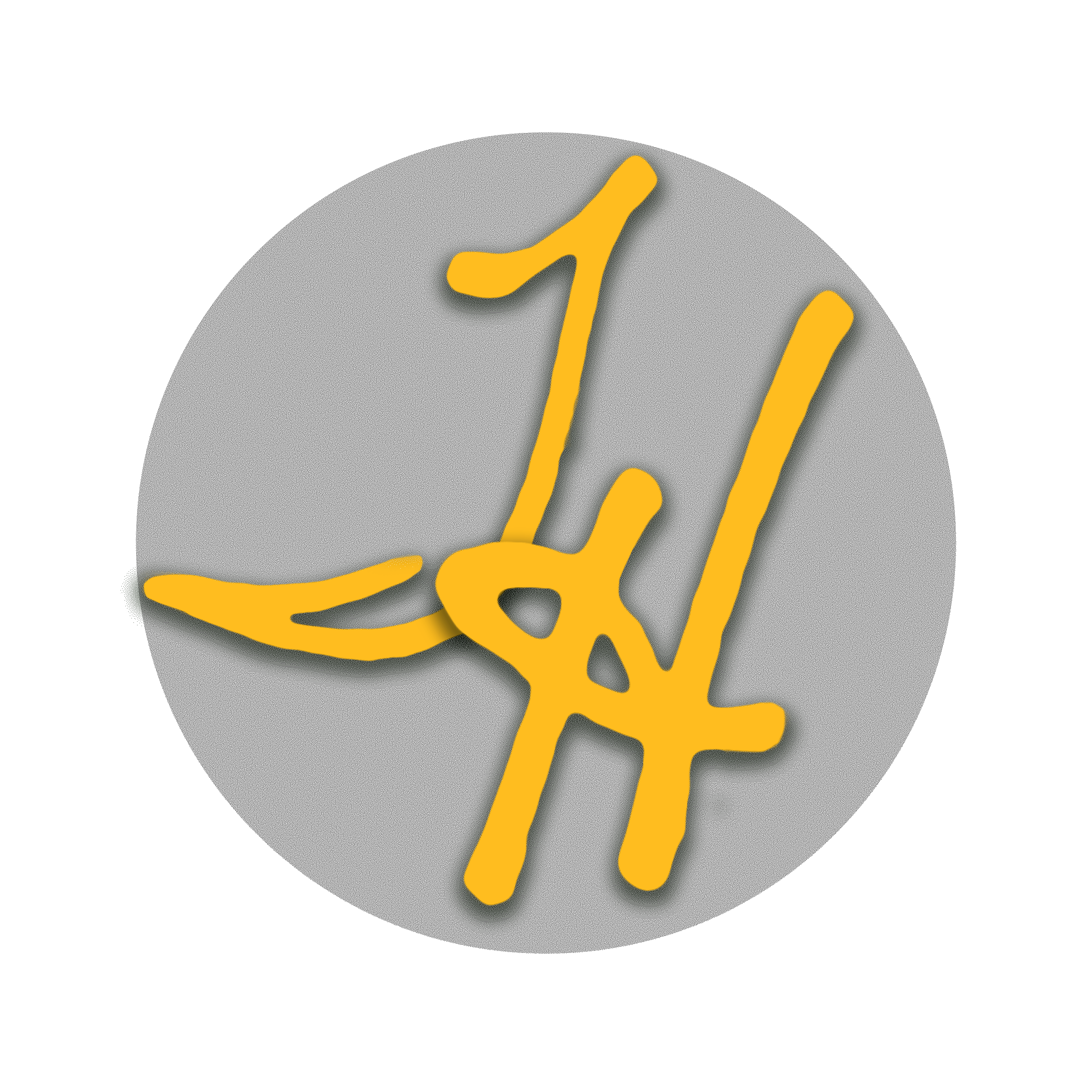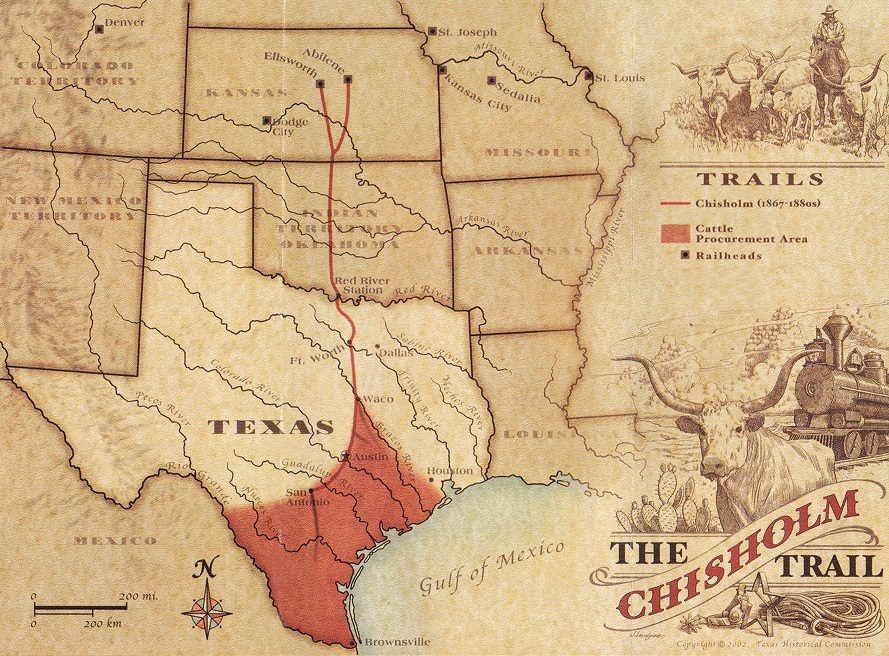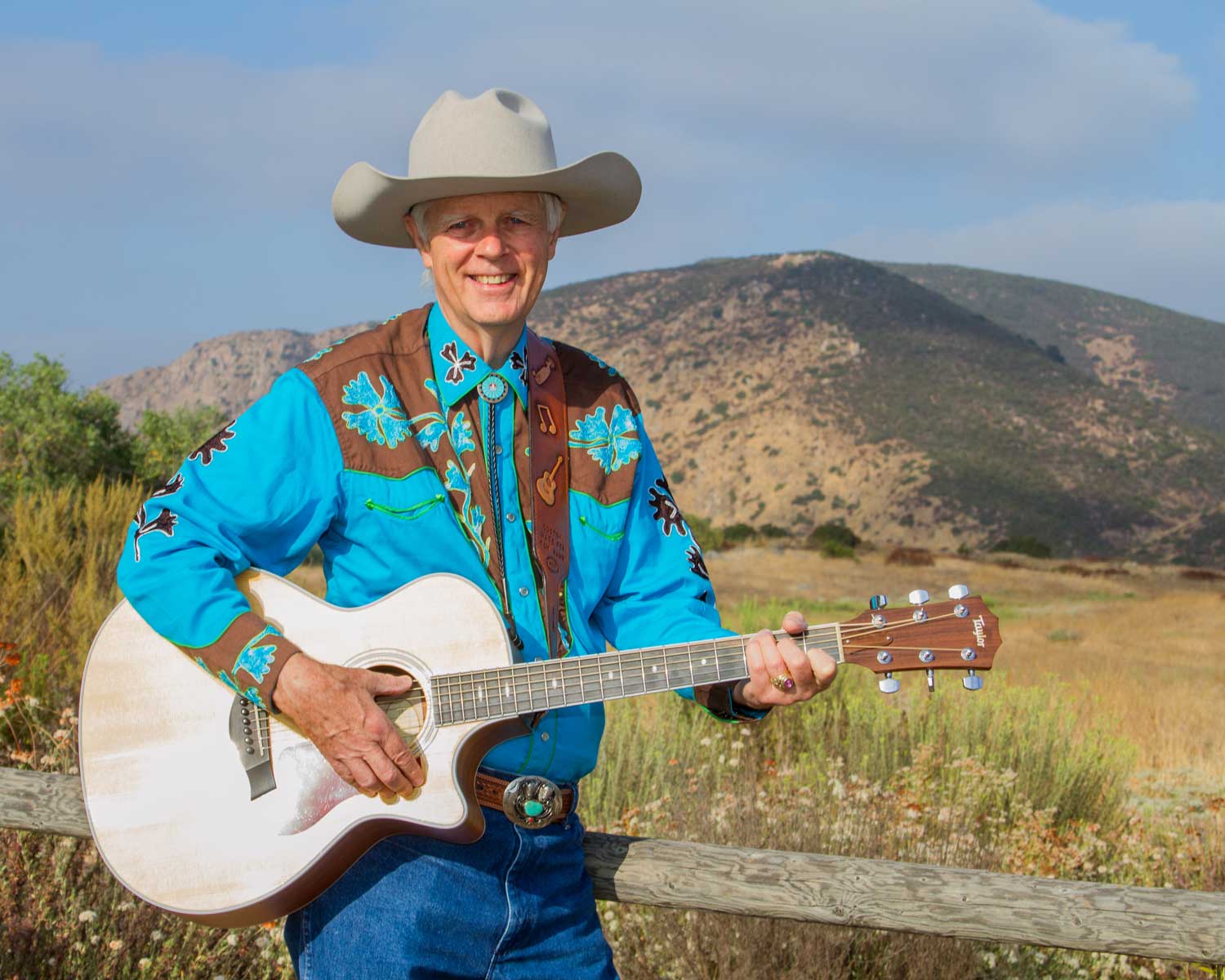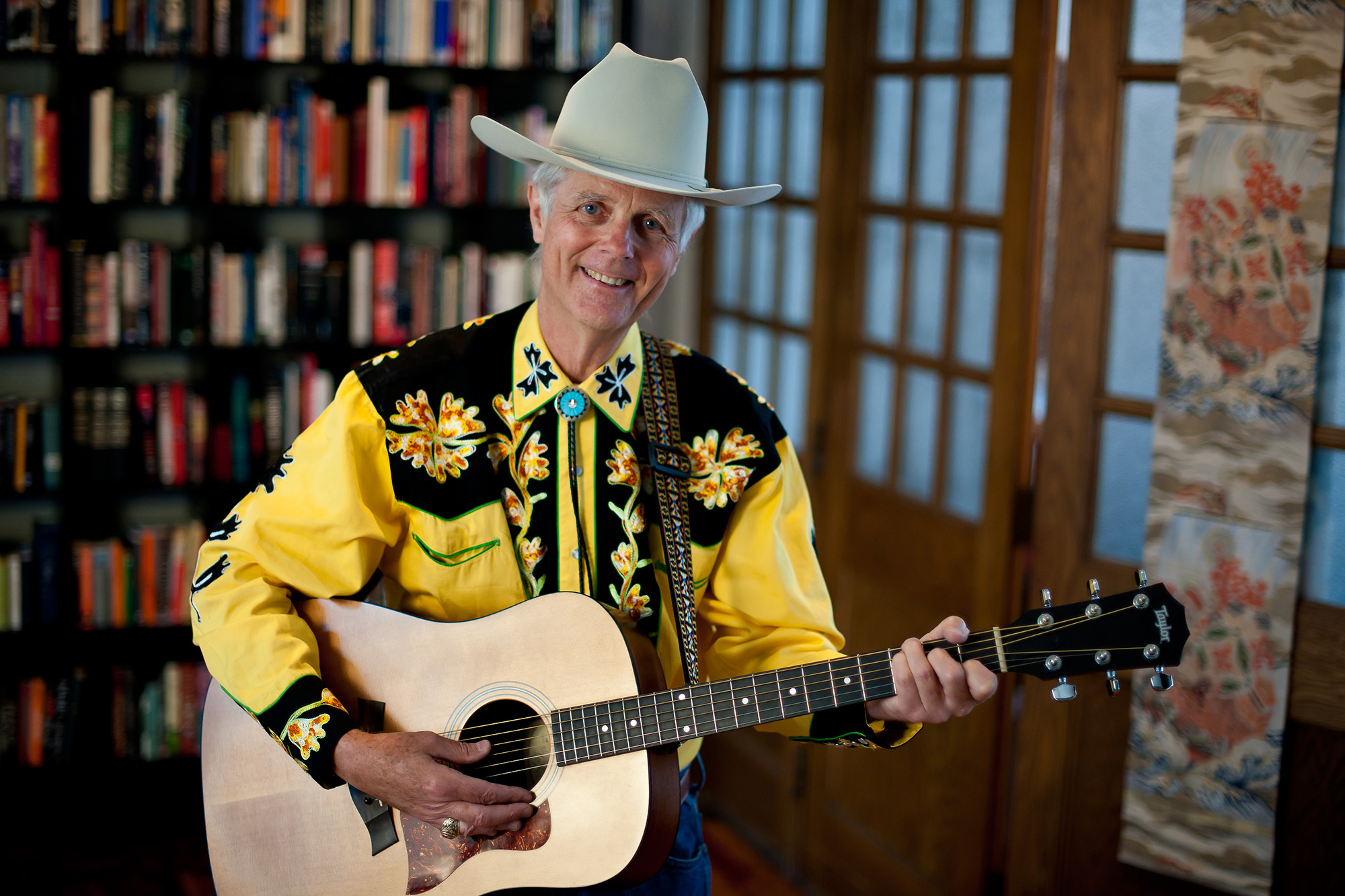Songs of the open range focus on cattle, horses, cowboys, unrequited love, mom, dying, religion.
A complex, interwoven, and evolving tapestry.
From southern Texas to the railheads in the cattle towns of Kansas and Nebraska, the impact of Texas Cattle fever and the western movement of the quarantine lines, the demand for beef in the Midwest and east, the westward push of the railroads (Union Pacific and the ATSF), the Homestead Act and homesteading, the indigenous clans and the bison and the prairie ecology, the evolving mosaic of the indigenous clans, the cattle towns, the cattle kings, the cowboys, the soiled doves, it is a complex, interwoven, and evolving tapestry of moving Texas longhorn cattle.
Although there were cattle trails to Missouri and Arizona before the War of Secession, the main cattle trail era was 1865-1890. During that period, there were four major cattle trail systems: the Shawnee, the Eastern/Chisholm, the Western, and the Goodnight-Loving. Each had its heyday, with the Western and the Goodnight-Loving lasting the longest. The longhorn cattle went from southern Texas to railheads in Kansas and Nebraska for the first three and Colorado for the Goodnight-Loving. Some of the cattle trails took cattle to Wyoming, Montana, and the Dakotas to establish new herds there. The cattle that went to the railheads were shipped to eastern markets. Refrigeration cars and ships and closing in the open range through homesteading and barbed wire essentially ended the cattle trail era in 1890. But the cattle trail era made a lasting impression on the emergence of the immigrant population of the plains and the states.




